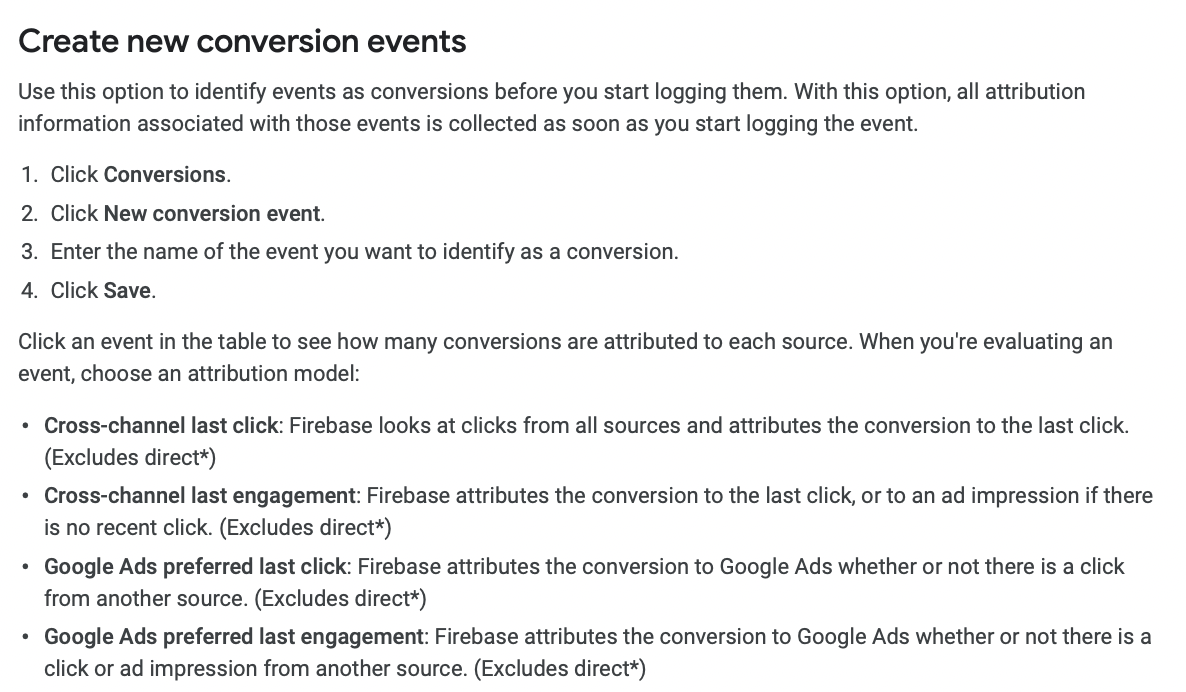How to Track Social Media ROI?
Being a social media marketer, you are aware of the value offered by social media to your organization. But have you ever measured the ROI to find the result of your efforts taken for social media marketing? Well, it is often tricky to find.
As per LinkedIn research, 58 percent of digital marketers needed to prove social media ROI for getting approval for their future budget requests. Of them, only 37% were “very confident” in their ROI measurements.
Social media ROI is required for building and refining your social marketing strategy. It helps you to know which strategy is working and which isn’t and this allows you to shift resources and make your tactics more effective.
Though the latest marketing technology is gaining importance, it is always found that there’s a need for attribution improvement.
You can find exactly how your customer went from finding out about your brand to becoming a happy customer. But it’s a bit tricky. This means tracking social media ROI can be much more difficult.
You can’t confidently say that you know about your social media ROI. You can be one of the majority of marketers that are trying to find out about it.
In this post, you will learn about tracking your social media ROI and how to improve it.
1. Analyzing Clicks to the Website by Source
Let’s first check out the basics of website visitors. When a visitor clicks on your website, it means he/she has engaged with your brand. They are interested in your product or service and this indicates that you are aware of the customer value and also engaged the customer successfully.
Further, keep moving your visitor to Subscribe and then Convert.
When you track your website visitors via the source, it will help you to know the number of people engaging with your brand from specific social sources. This will help you to know if your social content is good enough to convert your audience into website visitors.
With the help of clicks to your website, you can find out the social channels that are offering more clicks and so, you can assume that you will get maximum conversions from that social channel. Start creating more content for those social channels, to drive website traffic and get the ROI.
2. Tracking Email-Opt Ins by Source
No doubt website traffic is the first step, but remember email opt-ins are the source where you would find something magical. Being an experienced email marketer, you can assign the majority of your sales directly to email. However, the problem of credit still persists.
If the email subscriber first came from social then you have to give the credit to social.
This is where email opt-ins come into the spotlight This metric will help you to find the number of email subscribers you got from your social audience. For example, suppose 2% of your email subscribers got converted to your discount offer. If you got 100 email subscribers from a social channel per week, it means you can credit about 2 of those sales to social.
With the help of Average Order Value and Customer Lifetime Value (LTV), you can find your social ROI. If your flagship offer is Rs.100 per month and your LTV is about Rs.2,000, then your social ROI is Rs.200 per week and about Rs.2,000 in revenue.
In Google Analytics, you can set up custom event tracking on every form for tracking the subscriber’s source.
3. Tracking Your Sales by Source
Let’s now check about the direct social sales where things are tricky. As you aren’t yet confident about crediting sales to certain calls to action, with sales by a source you can get an idea about the number of visitors getting converted from social media.
Though anyone purchases from social, you shouldn’t give all credit to social. The reason is that the customer did find you on social but might have read your blog posts then returned back to your business page after a few days, saw your offer again, and then got converted. No doubt in this situation, social plays a key role in conversion but your blog posts and index page too had some role in getting you the customer.
Social can be credited for sales but it alone can’t be assumed to help in conversion in all situations.
There are 4 different events that you can select from in Sales by Source and 2 of them are related to clicks:

Select Cross-Channel Last Click so that Google Analytics will credit the conversion to the last click. This means if anyone clicks from your Instagram bio to visit the landing page and purchases the product, Instagram will be attributed.
Sales by Source will help you to check the amount of audience that is getting converted via your offer. Here you need to check the patterns in the data. For example, if your audience on social media purchases Rs.20 offer which is an entry point and not the Rs.1000 best offer, you can use this data in your content marketing. If you sell 100 products at Rs.20 offer, you get an improved ROI in comparison to selling just one Rs.1000 best offer. That’s how it works!
4. Using Linear and Time Decay Attributions
As we saw Sales by Source can’t give you the actual reason behind the customer’s product purchase, you can try using Linear and Time Decay attributions.
You can get more clear results with both metrics. Sales by Sources aren’t perfect but are useful for helping to find out the products that you should promote on your social media pages. With the Linear and Time Decay, you will be able to find the way your socials are converting on average.
An equal credit is given by Linear attributions to each visit within the Lookback Window. Time Decay gives more credit to the more recent visits within a Lookback Window and less credit to older visits. With this, you will know where people were before the purchase.
It is always a good idea to set up these attributions for all of your digital channels instead of just social ones. This data will help you to know the social channels that helped in conversions frequently.
If you keenly check the above attributions, you will find that social networks don’t have the highest conversions, but they have the highest Linear and Time Decay. This means though your social ROI isn’t high, social media plays a key role n converting your audience into customers.
When you compare these attributions to Sales by Source, you will get a crystal-clear picture of behind-the-scenes and sales.
5. Offering Social a Specific Discount
Until now, you might have seen that tracking your social media ROI includes high metrics and a good understanding of Google Analytics. If you are a single person trying to track your social ROI, working on these attributions would be difficult. So, let’s check some easy techniques for tracking your social ROI.
You can offer a special discount for your social audience. Assigning discount codes for each of the social channels such as Instagram20, Twitter20, Facebook20, etc. would be a great idea. These discount codes mean that you are offering 20% Off and you will get to know from which social channel your customer has come without even having an in-depth knowledge of Google Analytics.
You will be easily able to calculate the number f conversions. The conversion rate can be calculated on the basis of your engagement and followers. For instance, if you have 5,000 followers on social channels and you get 50 sales, your conversion rate is 1% of your followers. In case you get 250 likes, comments, and saves on your post, then your conversion rate is 20% of your engagement rate.
With these numbers, you will be able to create a Predictable Selling System. It helps you to know the amount of money you are making currently.
When you have an idea about expected conversions from your socials, you will know the amount you can afford to invest in them before checking Google Analytics.
6. Creating Special Landing Pages for Social
You can avoid the use of Google Analytics for creating special landing pages only for your social channels. Either create one landing page for use across all social channels or different pages for each channel.
These pages can be similar or can have a copy mentioning the channel from where the visitor came from. You only need to figure out the number of people getting converted from your social or per channel. As this page will be dedicatedly used for your social audience, you can attribute the conversions to your Facebook, Twitter, Instagram, and other channels.
Suppose you have 10000 followers on social media and 1% get converted every quarter. Your offer is Rs.100, so you will make Rs.10000 from social every quarter. Suppose your social team costs you Rs.10,000 per year. Now when you are investing Rs.10,000 in social and making Rs.20,000 in profit.
The Bottom Line
These are the best ways of tracking your social ROI. Remember as a digital marketer you need to ensure that you are earning good profit with your social investment. Follow these techniques for tracking your social media ROI to know if your investment is worth it.
Do you have any other ideas to track the social ROI? Don’t miss to share with us.
